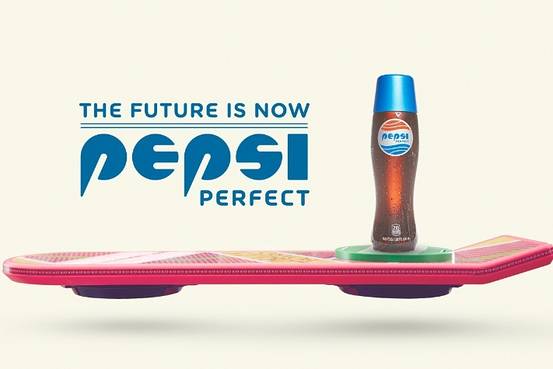Product placement continued to run rampant in 2015, with a number of companies featuring their items in movies, TV shows and other programming across the board. However, how these products got advertised this year saw a bit of change from the usual norm instead of sticking out like a sore thumb, these products managed to blend in and become part of the action. It’s certainly a trend that’s likely to continue from next year forward, too.
Here are just a few examples of how product placement manageably fit in to some of this year’s most popular programming:
Pepsi Builds Itself an Empire
The popular Fox series Empire saw a unique integration with Pepsi products, as the soda maker became part of a three-episode arc that ran over the course of late November/early December. In it, Empire Entertainment teamed up with musician Jamal Lyon, attempting to get him involved in an ad campaign for Pepsi using his song “Ready To Go.”
Not only did Pepsi smoothly work its way into the TV show, but it also went ahead and made the actual commercial with the actor, Jussie Smollett, which ran during an actual commercial break.
Zynga Moves Forward With SponsorPlay
Most of the time, when advertisers cater to gamers, they do so with static ads featured in popular titles. However, Zynga tried a different approach with its SponsoredPLAY program, introducing titles featuring integration with unique products, such as a salad dressing being involved in a typical match-three title by the company.
The deal has attracted many companies, including Progressive Insurance, and is likely to continue drawing in new ones throughout 2016, as the company introduces new games to the mobile front.
The Future Is the Past
The movie Back To the Future celebrated its 30th anniversary this year, and many companies went all out with promotions to tie in with the hit film, allowing nostalgic fans to cash in. Two of the biggest were Pepsi and Nike, which brought forth products introduced in the 1989 sequel Back To the Future II and fans didn’t hesitate to snap them up.
Nike, for example, offered 1,500 replica pairs of self-tying shoes on eBay, raising $4.7 million dollars for the Michael J. Fox Foundation for Parkinson’s Research as a result. More than likely, the company may move forward with plans to make these shoes an actuality in 2016.
In addition, Pepsi was on-board with nostalgia, advertising its Pepsi Perfect, also introduced in the film, in a limited edition bottle. It was a hit with fans, selling for as high as $20 a bottle through online retailers. The television ad, found below, also managed to bring back the future in its own special way.
Getting In On the Action
Finally, some of this year’s bigger sequels managed to draw in a number of sponsorship partners, but instead of going for obvious “look at me” references, they took part in the action.
The James Bond film Spectre, for instance, introduced a new car model that was used during its intense car chases, the Aston Martin DB10. For those of you that are Bond fanatics, you’ll remember that MGM has supported various car models for the superspy over the years, and this was no exception. The film also featured nice little nods with other companies, including Omega Seamaster 300 watch, Belvedere vodka and even top-of-the-line clothes and sunglasses from Tom Ford.
Meanwhile, another blockbuster, Jurassic World, had a number of product nods, but didn’t go overboard with their mentions. These include the use of a Mercedes Benz to get around the island (Bryce Dallas Howard can clearly be seen driving one when the dinosaur escapes containment), Samsung phones, Beats headphones and even Verizon Wireless, which was mentioned as a premium sponsor for a new exhibit for the park. (“Verizon Wireless presents the Indominus Rex.”)
Product placement isn’t likely to slow down at all for 2016, as more companies find unique ways to promote their wares, mostly tied in with other popular means of entertainment. It continues to be effective, so why change a good thing
